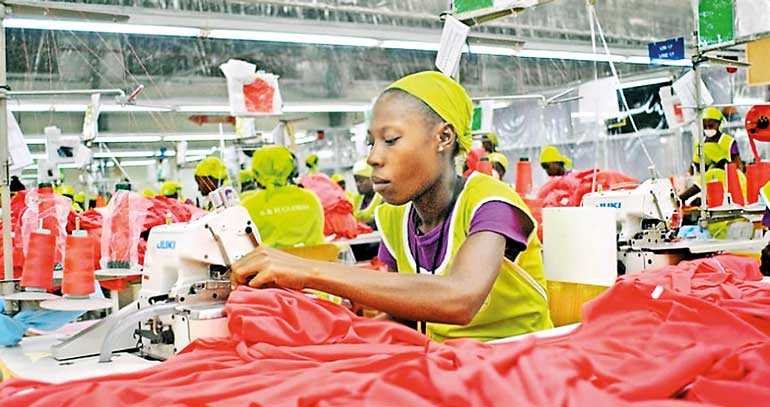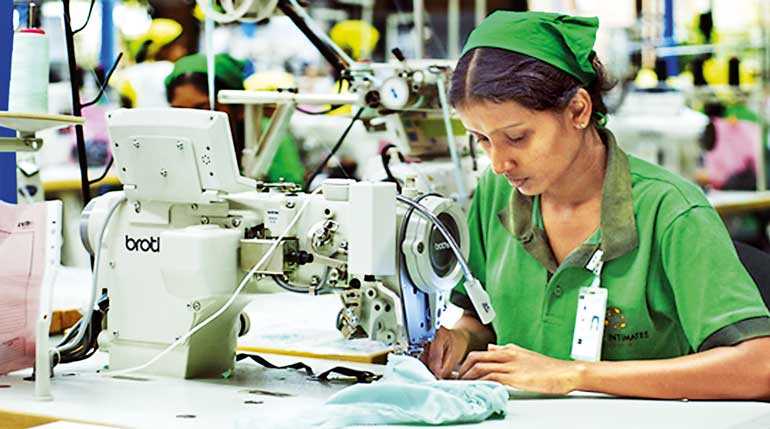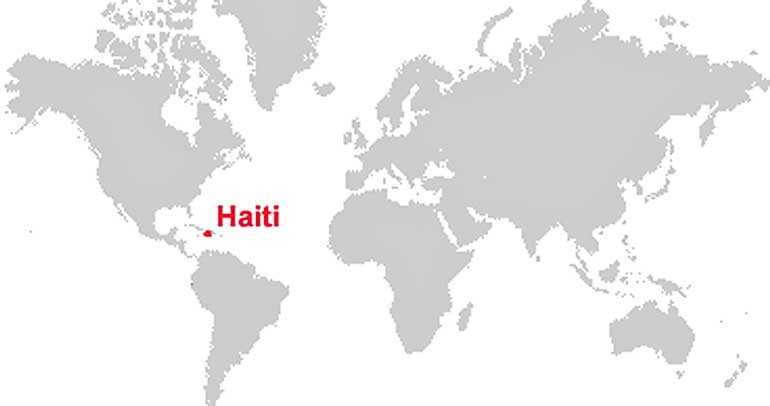Wednesday Feb 12, 2025
Wednesday Feb 12, 2025
Thursday, 31 January 2019 01:01 - - {{hitsCtrl.values.hits}}



By Srimal Fernando and Mizly Nizar
January 12 marks nine years since Haiti experienced a devastating earthquake in 2010. It was a major catastrophe in the Caribbean nation which possibly killed more than 150,000 people and displaced hundreds of thousands wiping out livelihood while having a devastating effect on the economy.
Over the years the turnaround story that saw the recovery of the Haitian economy was initiated through the US- Haiti Economic Lift Programme (HELP). Within a few months after the disaster, the US signed the bipartisan HELP Act (S. 3275 and H.R. 5160) on 24 May 2010 expanding access for Haiti’s apparel exports to the United States’ 300 million consumer market. While being a major driving force of the Caribbean nation’s apparel boom, it was quite clear that the HELP initiative was constructive in creating jobs for Haitians.
The HELP initiative has remained attractive to South Asian apparel companies who are currently offshore manufacturers to reshape their production strategies to embrace the new on-shore and near-shore production model which is being adopted by the apparel sectors in North America and Europe. Offshore production entails outsourcing the manufacturing of products by final consumer countries to foreign nations. In contrast the new trend in production focuses on locating manufacturing industries near their final markets; near-shoring – or on the land itself; on-shoring. According to predictions by the recent McKinsey Survey, by 2025 a large segment of the North American and European markets will be supplied by both near shoring and on-shoring manufacturers.
The major players in the South Asian apparel sector that export to the US are in Sri Lanka and Bangladesh. The Sri Lankan apparel sector whose exports to the US and EU markets amount to over $ 4 billion are hence faced with restructuring challenges to maintain future sustainability. This shift in readjusting with the new trends in the global apparel sector is no easy task. Aligning with this new global trend the Sri Lankan based clothing and lingerie manufacturer MAS Holdings has set up a large export-oriented apparel plant employing 3,000 people in Haiti’s Caracol Industrial Park to cater to the niche US textile market.
Industrial parks in Haiti were originally formed with US support through the HELP initiative to create job opportunities for Haitians. The US trade preference programs for Haiti also provides the opportunity for South Asian apparel and textile companies to change the focus of their production models to the ‘on-shore and near-shore’ option by setting up manufacturing units in Haiti.
Such relocation close to export destinations would enable speedy delivery of final products to their markets which is a top priority in the apparel sector while also ensuring that the established markets for the South Asian apparel sector are not lost in the future.
[Srimal Fernando is a Research scholar at Jindal School of International Affairs (JSIA), India and a Global editor of Diplomatic Society for South Africa. He won the 2018/2019 Best Journalist of the year award in South Africa. Mizly Nizar is a foreign policy analyst and a former visiting lecture at The Bandaranaike Centre for International Studies and the Open University of Sri Lanka.]
Discover Kapruka, the leading online shopping platform in Sri Lanka, where you can conveniently send Gifts and Flowers to your loved ones for any event including Valentine ’s Day. Explore a wide range of popular Shopping Categories on Kapruka, including Toys, Groceries, Electronics, Birthday Cakes, Fruits, Chocolates, Flower Bouquets, Clothing, Watches, Lingerie, Gift Sets and Jewellery. Also if you’re interested in selling with Kapruka, Partner Central by Kapruka is the best solution to start with. Moreover, through Kapruka Global Shop, you can also enjoy the convenience of purchasing products from renowned platforms like Amazon and eBay and have them delivered to Sri Lanka.
Discover Kapruka, the leading online shopping platform in Sri Lanka, where you can conveniently send Gifts and Flowers to your loved ones for any event including Valentine ’s Day. Explore a wide range of popular Shopping Categories on Kapruka, including Toys, Groceries, Electronics, Birthday Cakes, Fruits, Chocolates, Flower Bouquets, Clothing, Watches, Lingerie, Gift Sets and Jewellery. Also if you’re interested in selling with Kapruka, Partner Central by Kapruka is the best solution to start with. Moreover, through Kapruka Global Shop, you can also enjoy the convenience of purchasing products from renowned platforms like Amazon and eBay and have them delivered to Sri Lanka.